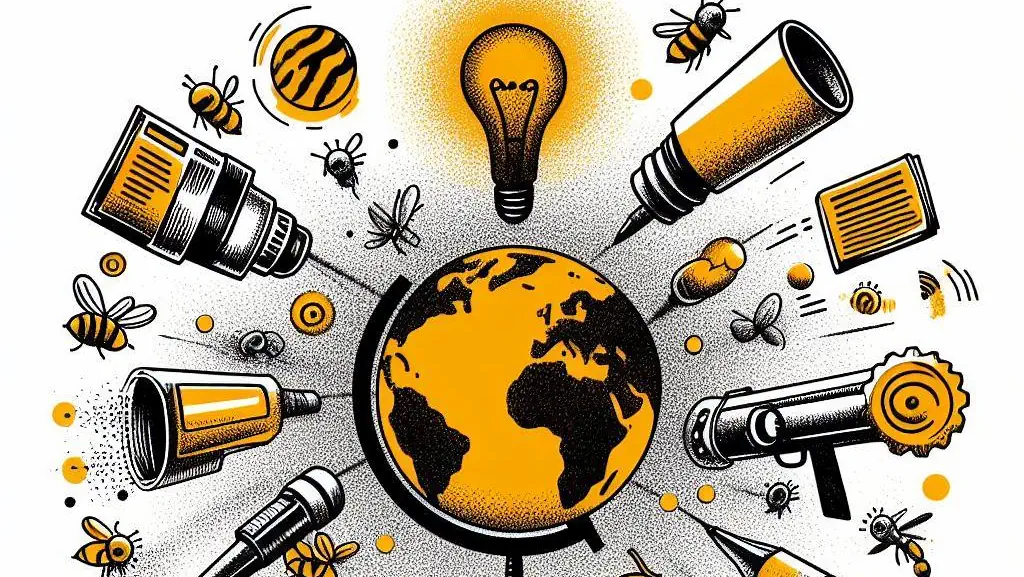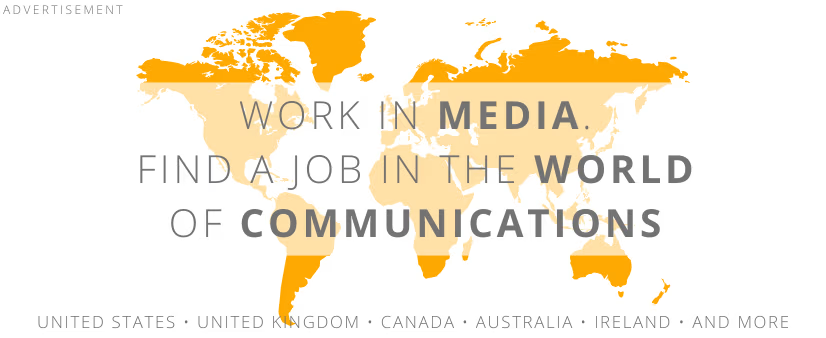 illustration: bing.com/create
illustration: bing.com/createOne of the most critical short-term threats highlighted by global risk experts, policymakers, and leaders from various industries is disinformation. It can be used to manipulate public opinion and undermine democracy. With the development of artificial intelligence technology, disinformation is becoming increasingly realistic and difficult to distinguish from the truth. This could lead to greater social polarization, unrest, and even violence.
The primary concern is AI-based disinformation. AI gives creators of false information new, powerful, and unprecedented tools to fuel conflicts and polarize entire societies. According to the report’s authors, false information combined with social unrest will be in the spotlight due to upcoming elections in several major world economies.
- In recent years, we’ve witnessed incredible technological advancements, mainly with artificial intelligence, which supports progress in many areas of our lives and industries, such as medicine and pharmaceuticals. But this development also brings risks, including cyber threats - comments Artur Grześkowiak, CEO of McLennan in Poland and the CEE Region, in an interview with Newseria Biznes. - Moreover, as noted in the "Global Risks Report," the development of technology and AI may also increase the scale of disinformation and disruptions in information access.
The growing popularity of AI and related cyber threats is having a positive impact on the cyber insurance market, which is already experiencing dynamic growth.
- The use of artificial intelligence presents both opportunities and threats. It can support cybersecurity, but on the other hand, if it falls into the hands of hackers, it can also pose a serious threat - emphasizes Małgorzata Splett, FINPRO & Cyber Leader in the Central and Eastern Europe Region, in an interview with Newseria Biznes. - The widespread use of AI in business will only increase demand for such insurance. Additionally, more competitive pricing and extended coverage options offered by insurers will further support its popularity.
This year’s "Global Risks Report" also points to the rising threat of armed conflicts – experts see it as one of the top five issues over the next two years, and current geopolitical tensions are expected to cause further conflict spread. About two-thirds of global experts predict that within the next decade, a multipolar, fragmented world order will emerge, with medium and major powers competing, setting, and enforcing new rules and norms.
The "Global Risks Report" is prepared by the World Economic Forum in collaboration with Marsh McLennan and Zurich Insurance Group. It analyzes the most serious challenges that may arise over the next decade in the context of rapid technological changes, economic uncertainty, demographics, conflicts, and climate change.
COMMERCIAL BREAK
New articles in section Media industry
Advertising market 2025. Poland, Europe and the World
Marcin Grządka
The global advertising market is growing by 8.8% in 2025 and will reach a value of 1.14 trillion dollars. The industry result in Europe records slightly lower dynamics, at the level of 5.8%. In this comparison, Poland performs clearly above the average. We will record an increase of 8.9% this year and a value of 18.56 billion PLN - estimates WPP Media in the annual report "This Year Next Year".
The print media market 2025. Three global trends
Krzysztof Fiedorek
The market value is 359.53 billion dollars, yet the erosion is visible to the naked eye. The decline for newspapers will amount to -2.3 percent. Despite this, print retains strength: it generates 76 percent of subscription revenues and enjoys 82 percent consumer trust. The future of the industry is defined by hybrid strategies and niche specialization.
Journalism in the age of AI. Why people prefer humans over machines
Krzysztof Fiedorek
Only 12% of people accept news created solely by AI, while 62% prefer those written by humans. At the same time, only 19% notice labels indicating the use of artificial intelligence, while younger audiences ask AI to explain the content to them. These are the findings of the Reuters Institute report on artificial intelligence in media.
See articles on a similar topic:
Blogs in E-commerce. Report by Elephate and Senuto
KrzysztoF
The average number of indexed articles on e-commerce blogs is 565, with each post attracting 347 readers per month. The health industry generates the highest organic traffic per single article. The authors of the "E-commerce Blog Ranking" take a behind-the-scenes look at the commercial blogosphere.
Virtual Influencers Perceived as More Authentic than Real Ones
Agnieszka Kliks-Pudlik
Virtual influencers are fictional, generated characters that imitate the appearance and behaviour of real people. They have millions of followers. They are perceived by Gen-Alpha as even more authentic than real people, which creates many challenges, says Dr. Ada Florentyna Pawlak.
The most valuable female personal brands in Polish fashion. IMM report
KFi
The ten most popular people in Poland in the "fashion" category generate over 1.5 billion contacts across all types of media in a year. Their value is nearly 400 million zlotys. The ranking was prepared by the Institute of Media Monitoring for "Forbes Women" magazine.
Review of media from around the world. See what they are buzzing about [LINK]
AUTOPROMOCJA Reporterzy.info
What is the media buzzing about? A review of the headlines of the most important newspapers and websites. Events of the day, country, world, media market, economy, sport, foreign media, and even gossip and curiosities. In real time and 24 hours a day. We invite you!





























